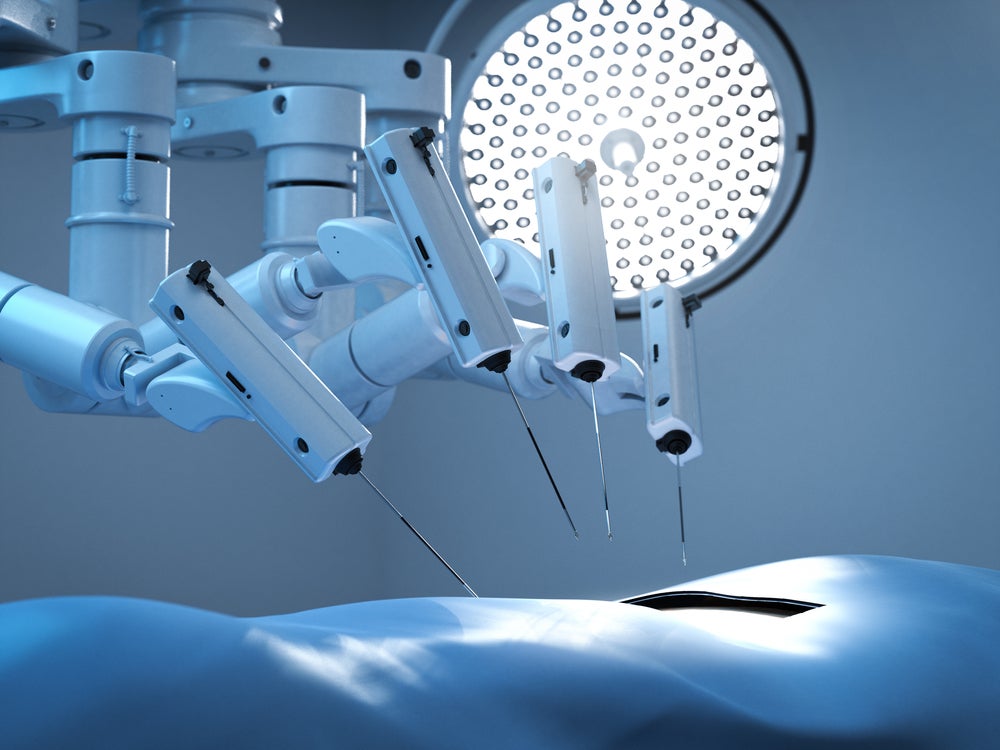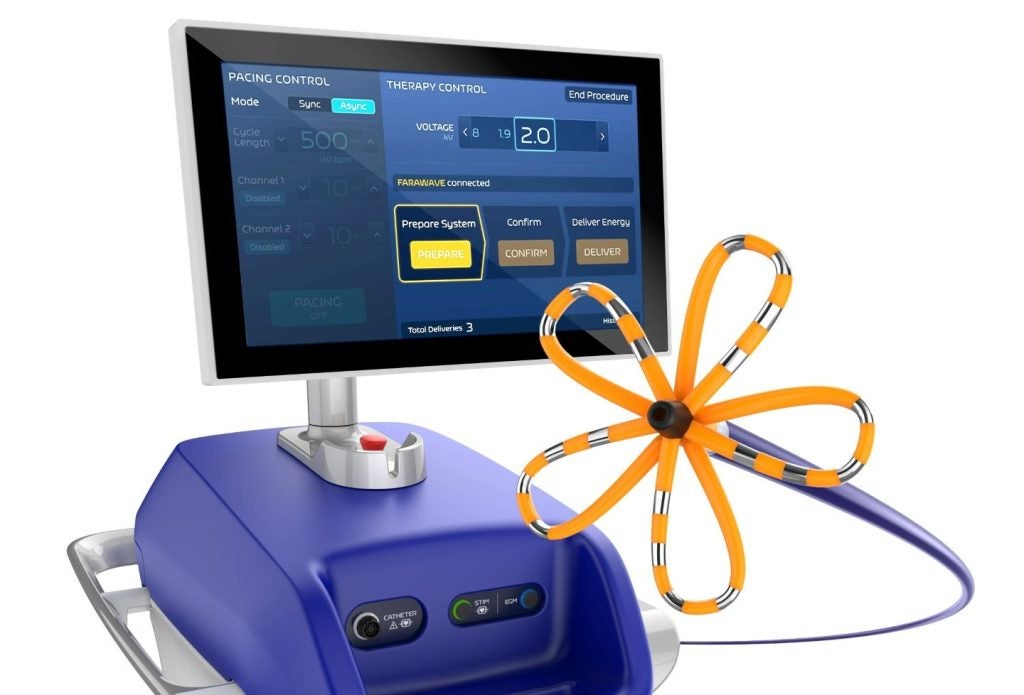The aim to reduce the degree of trauma to patients and to support quicker recovery time has driven the shift in preference for minimally invasive surgery (MIS). This shift has been reflected by growth in image-guided surgery (IGS), and to a lesser
degree in robot-assisted surgery (RAS). The net effect of this has been an annual growth rate of 10–13% in revenue sales of IGS equipment, and has acted as an incitement to further technological development.
Key applications for MIS are neurological, orthopaedic, and ear nose and throat (ENT) injuries. There are clear indications that neurological applications, including both spinal surgery and cranial reconstruction, have reached a peak in terms of new
institutional buyers as replacement rates are gaining in importance.
Nevertheless, long-term potential is still unknown, as maturity in the industry in terms of technology is counterbalanced by great potential for further advances in the treatment of spinal reconstruction. The short-term trend showing growth of 13%
in 2004 is expected to slow down. With few major technological advances expected, the market is projected to achieve growth of 10% in 2008, primarily based on replacement demand.
In contrast, orthopaedic surgery including reconstructive bone repair is showing high growth potential and significant activity in the supply market. In order to expand the scope and extent of new applications, suppliers are increasingly investing in
research and development. As a consequence of hospitals’ demand for free or highly subsidised upgrades, there is an increased focus on new product features encouraging hospitals to pay for new systems. The net effect is expected to be an annual
growth rate of around 18%.
Due to the open surgical procedure, orthopaedic surgery has generally been associated with high trauma and extended periods of physical pain to the patient. Many implant companies are entering the market, recognising the need for integration of their
product with navigation technology, and this is driving the entry of newer technology for image-guided surgery. The use of MIS in orthopaedic surgery has not yet resulted in extensive market penetration and there are many new opportunities to sustain
growth in the longer term.
See Also:
As suppliers are looking for new business opportunities rather than system upgrades, the main trends to monitor are those driving new system development across a wide range of technology applications. Budgetary restraints are also expected to rein in
spending on public health. For example, there is uncertainty surrounding recent healthcare reforms in Germany, while the UK expects an increase in spending on healthcare. Nevertheless, IGS equipment is expected to see annual growth remaining at
10–13% and reach a market value of $160m in 2008.
How well do you really know your competitors?
Access the most comprehensive Company Profiles on the market, powered by GlobalData. Save hours of research. Gain competitive edge.

Thank you!
Your download email will arrive shortly
Not ready to buy yet? Download a free sample
We are confident about the unique quality of our Company Profiles. However, we want you to make the most beneficial decision for your business, so we offer a free sample that you can download by submitting the below form
By GlobalData






